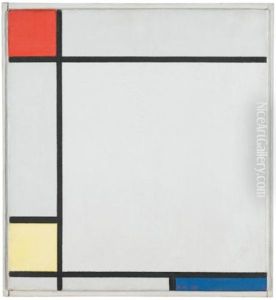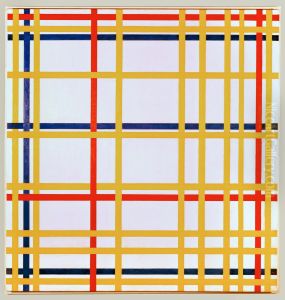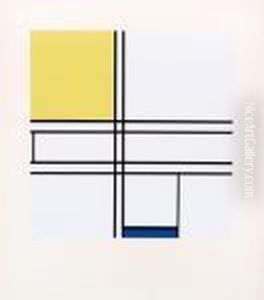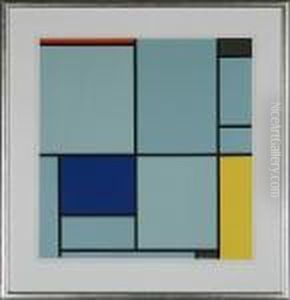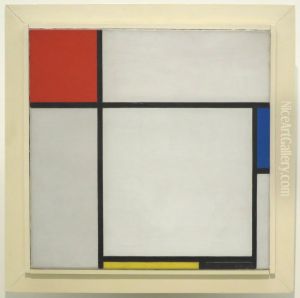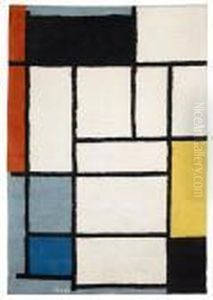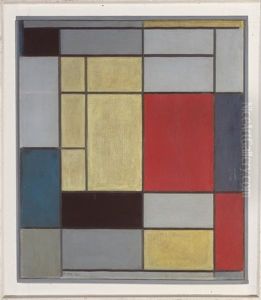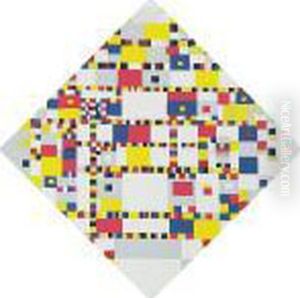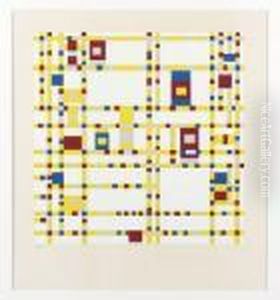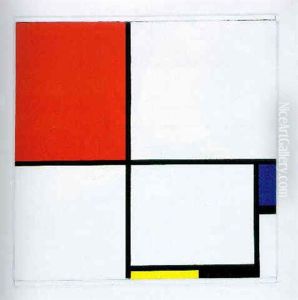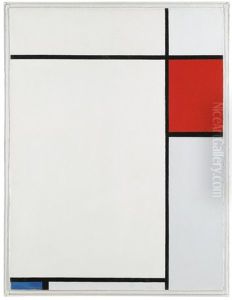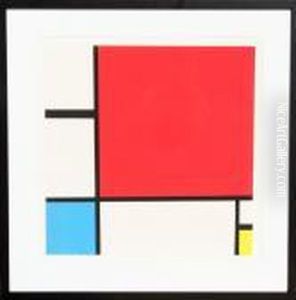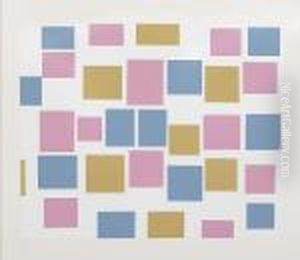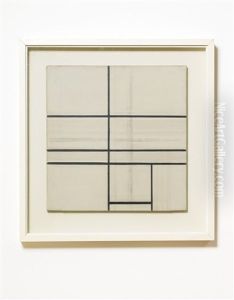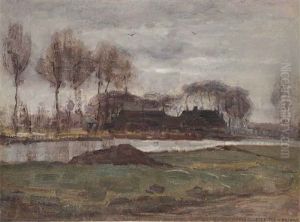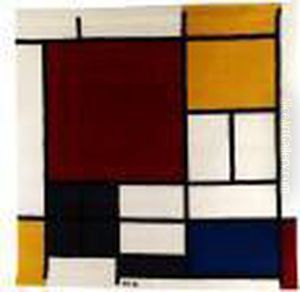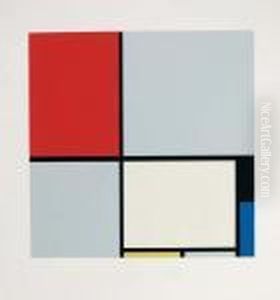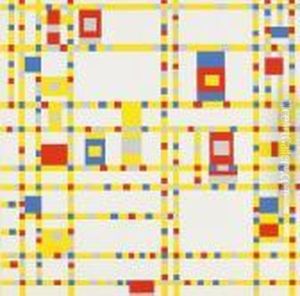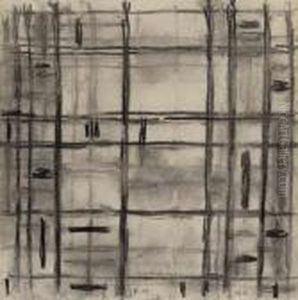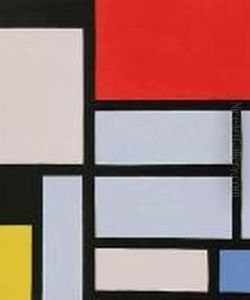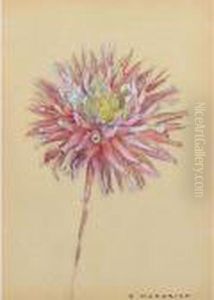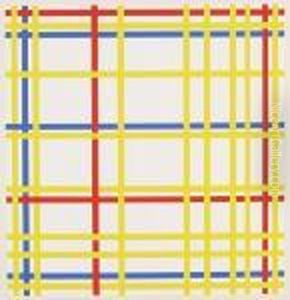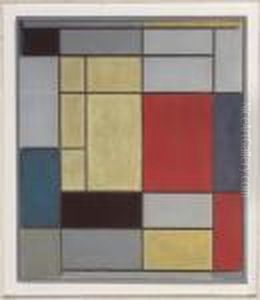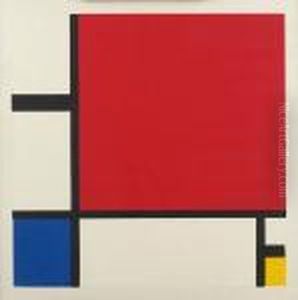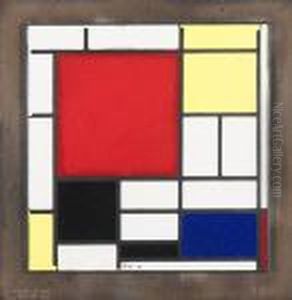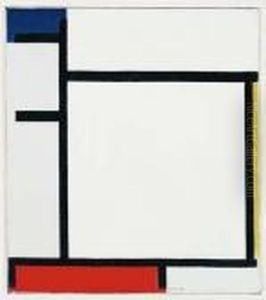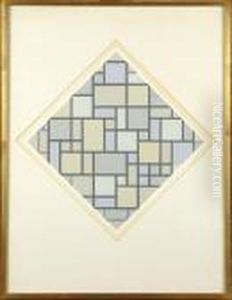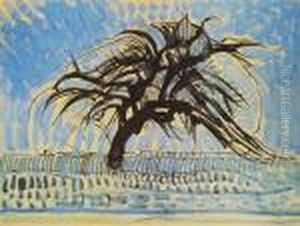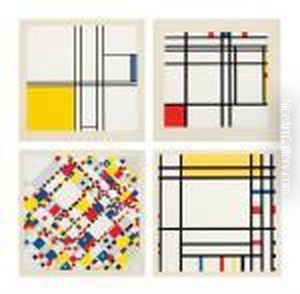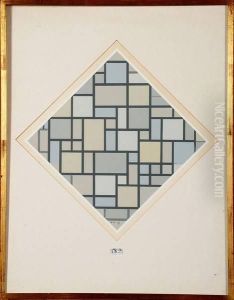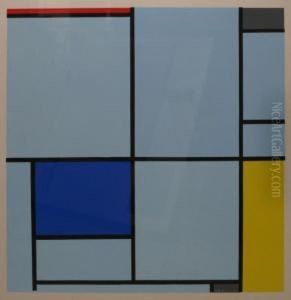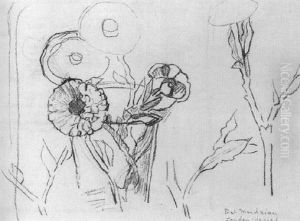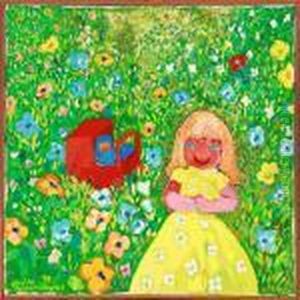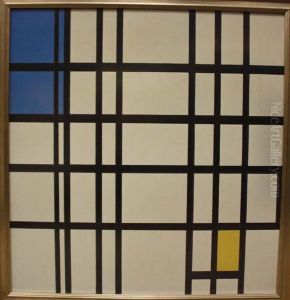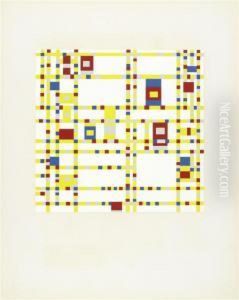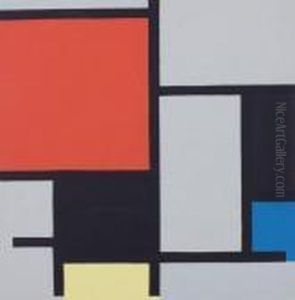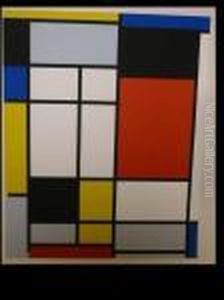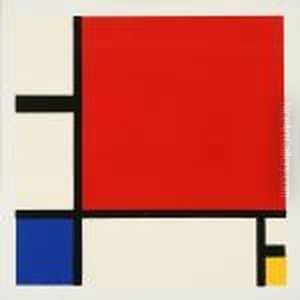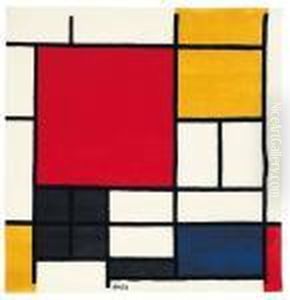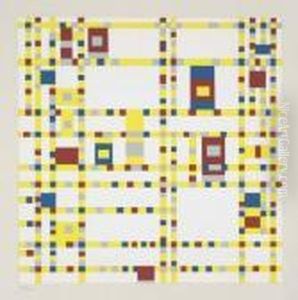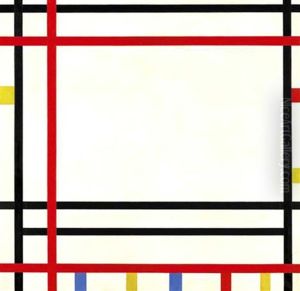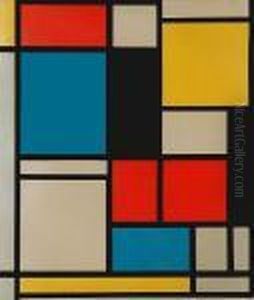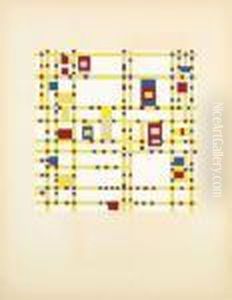Piet Mondrian Paintings
Piet Mondrian, born Pieter Cornelis Mondriaan, was a Dutch painter and theoretician who is regarded as one of the greatest artists of the 20th century. He made a significant contribution to the development of abstract art as one of the leading members of the De Stijl movement. Born on March 7, 1872, in Amersfoort, Netherlands, Mondrian grew up in a family with a strong artistic tradition. His father was a qualified drawing teacher, and his uncle was a painter, so from a young age, Mondrian was exposed to art and painting.
Mondrian began his artistic education at the Rijksakademie van beeldende kunsten in Amsterdam. Initially, his work was grounded in the naturalistic and impressionistic traditions, with landscapes constituting a large part of his early work. However, his style evolved over time as he began to explore more abstract forms. His move to Paris in 1911 marked a significant turning point in his career. It was here that he was exposed to Cubism, which greatly influenced his work. He began to develop his unique style of art, characterized by a reduction to the essentials of form and color, which he termed 'Neoplasticism.'
During World War I, Mondrian returned to the Netherlands and became involved with the De Stijl movement, founded by Theo van Doesburg. It was during this period that he began to produce the grid-based, abstract paintings he is most famous for, with primary colors set within a grid of black vertical and horizontal lines on a white ground. His most renowned works, such as 'Composition with Red, Blue, and Yellow,' reflect this style and continue to inspire artists, designers, and architects to this day.
Mondrian's art was not just a stylistic choice but was also deeply rooted in his philosophical beliefs, particularly theosophy. He aimed to achieve a kind of universal aesthetic through his art, which he believed could transcend the chaos and conflict of the natural world. Mondrian's work became even more minimalistic over time, with the artist constantly striving for a purer abstraction.
In 1938, fearing the imminent outbreak of World War II, Mondrian left Paris for London. After a brief stay in England, he moved to New York City in 1940, where he was welcomed into the abstract artist community. The city had a profound impact on Mondrian, especially its grid-like street patterns and vibrant jazz music, which led to a slight softening of his rigid geometric style in his later works, such as 'Broadway Boogie Woogie.'
Piet Mondrian died of pneumonia on February 1, 1944, in New York City. His legacy as a pioneer of abstract art lives on, and his works are celebrated in museums and collections worldwide. Mondrian's commitment to the purity of form, color, and composition has cemented his place as a foundational figure in modern art.
